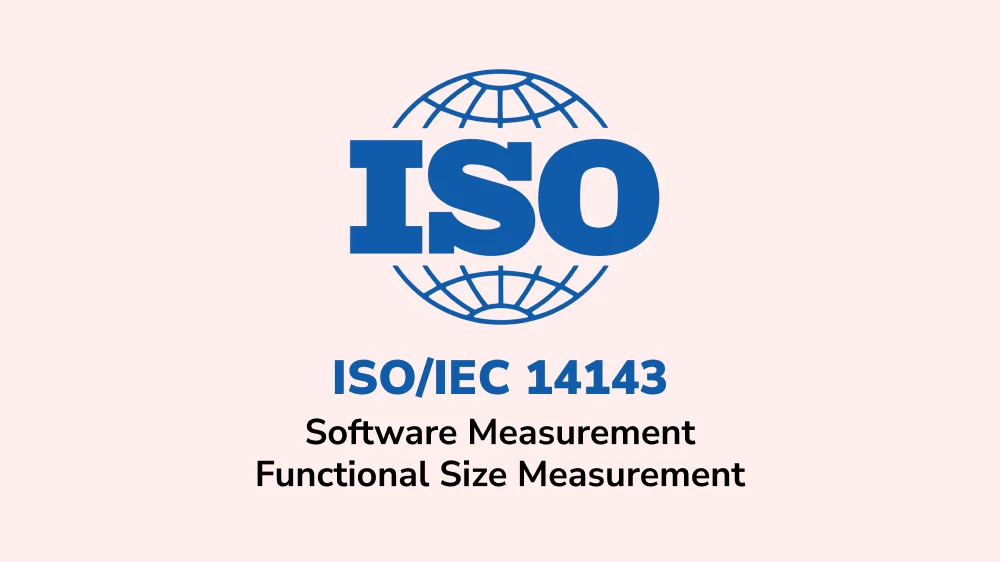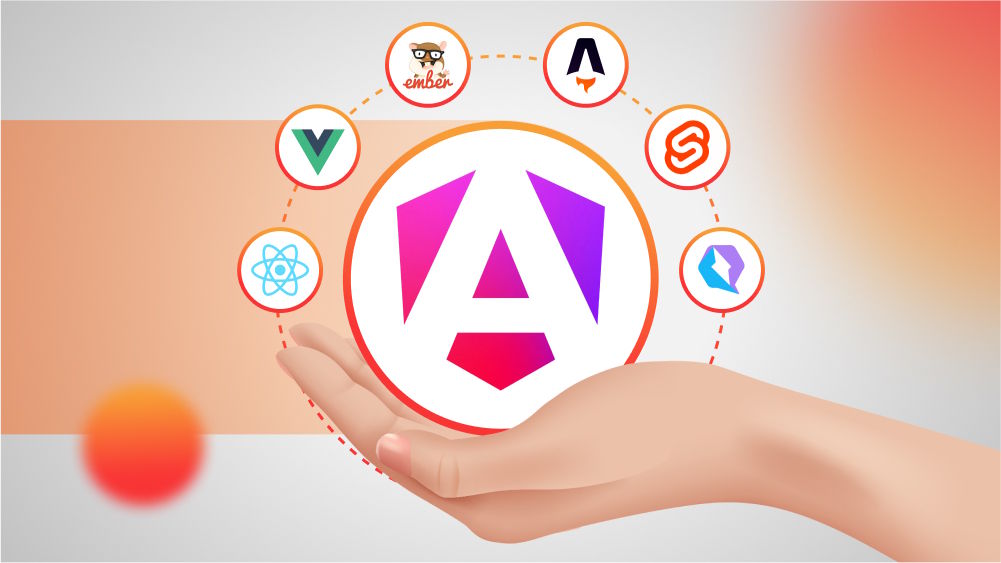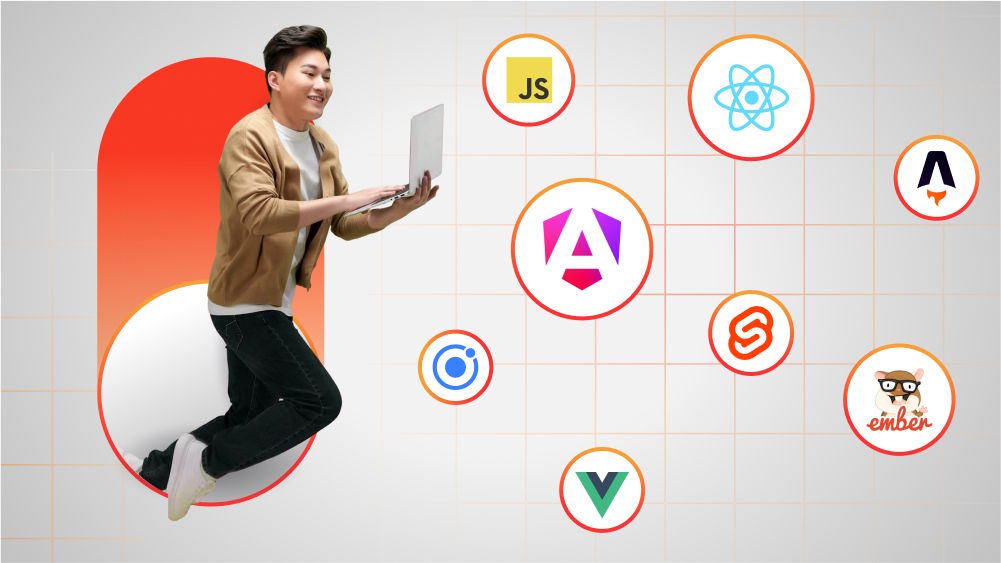What Software Development Standards Should You Be Aware Of?
Let's learn about the common software development standards and unveil their critical role in driving innovation and meeting modern software demands.

Content Map
More chaptersIt is no secret that software developers abide by a wide range of rules, guidelines, regulations, and standards when creating their computer programs.
These standards are issued on a global, regional, and industry-specific level. The three largest organizations that issue standards with regard to software development are the ISO (International Organization for Standardization), the IEEE (Electrical and Electronics Engineers), and the IEC (International Electrotechnical Commission).
Together, these organizations design, establish, and maintain a wide array of standards that influence the way that software systems are made, distributed for use, and maintained throughout the entire software development lifecycle.
From the perspective of a software development team, and the client that is hiring the team – whether they are outsourcing or establishing an in-house team – it is important that both parties recognize and abide by the standards that are relevant to their project. Failure to do so can lead to costly penalties, a loss of reputation, reduced customer satisfaction, and even government intervention.
Common Software Engineering Standards

As previously stated, the three largest organizations that issue software engineering standards are the ISO, IEEE, and IEC. The standards that these organizations release are reviewed on a regular basis, so they are always up to date with the latest technological advancements, such as cloud computing, blockchain, and most recently, artificial intelligence.
The standards are developed in collaboration with leading industry experts, whose knowledge and expertise help the ISO and other organizations establish frameworks that consider every facet of a specific industry. And, of course, software engineering is no exception to this rule. In fact, the ISO website clearly states that developing an international standard takes about three years to complete.
To help give you a better idea of the acceptance criteria that applies to software engineering, here are just a few of the most common ISO standards.
ISO/IEC/IEEE 90003:2018
The ISO/IEC/IEEE 90003:2018 standard provides guidance to organizations that need to apply the ISO 9001:2015 standard to their software system.
What does this mean exactly? For developers that are establishing a software quality management system, they can use the ISO/IEC/IEEE 90003:2018 standard as a point of reference. This will make sure that the quality management system in their software application meets both customer and applicable statutory and regulatory requirements.
ISO/IEC 12207 and ISO/IEC 15288

While these two ISO standards both relate to the field of system and software engineering, there is a difference between them. The ISO/IEC 12207 standard establishes the software life cycle processes within an organization or project, while the ISO/IEC/IEEE 15288:2015 standard establishes the life cycle processes for human-made systems.
This is an important distinction to make, as it is possible for a system to be in place without a software component and vice versa. However, these days, it is common for systems to have one or more software components, which is why the two ISO standards are here under the same section.
ISO/IEC 15939 (Software Measurement Processes)
As the label implies, the purpose of ISO/IEC 15939 is to establish the software measurement processes that companies should follow in order to measure the different activities of a software product. It is also designed to elaborate on measurement processes from ISO/IEC 15288 and ISO/IEC 12207.
The standard helps stakeholders define the measurement activities that they will conduct to determine what measurement information is required, how to apply the measurement and static analysis results, and how to decide if the analysis results are valid.
The standard also recognized that different measurement processes might be required to accommodate different software engineering scenarios by guaranteeing that all the processes themselves are adaptable, tailored, and flexible. A common example of a software metric is coding practices and standards, such as the number of lines in the source code.
ISO/IEC 14143 (Software Measurement - Functional Size Measurement)

ISO/IEC 14143 is a standard that is broken up into several parts. According to the official ISO website, this standard “defines the concepts of FSM (Functional Size Measurement),” where software sizing is the act of determining the size of a software application. This information is then used to implement other software project management activities into that project.
Previous forms of functional size measuring involved counting the lines of code in a software’s codebase, but since then, the method has evolved to consider factors outside of the number of lines of code, such as Use Case-based software sizing, which involves counting the number and characteristics of use cases found in a software application.
This approach results in an improved end-user experience, as the functional user requirements are clearly identified and prioritized to provide the best possible user experience.
ISO/IEC/IEEE 29119 - Software Testing
ISO/IEC/IEEE 29119 is an internationally recognized series of five standards for software testing, including:
- ISO/IEC 29119-1: Concepts & Definitions
- ISO/IEC 29119-2: Test Processes
- ISO/IEC 29119-3: Test Documentation
- ISO/IEC 29119-4: Test Techniques
- ISO/IEC 29119-5: Keyword Driven Testing
This set of standards is to provide guidelines for test management, test documentation, test design techniques, and the use of automated testing tools. The ultimate goal is to promote consistency and quality in software development projects and quality assurance processes.
Adhering to ISO/IEC/IEEE 29119, development teams can guarantee that their testing processes are standardized and thorough, reducing code complexity and errors and resulting in high-quality software products.
ISO/IEC 42001 - Artificial Intelligence Management System (AIMS)
Published in 2023, ISO/IEC 42001 - the very first international standard for managing, implementing, and maintaining AI-based products or services in a responsible and ethical manner. The standard is designed to bring forth guidelines that cover different AI-related topics, such as data handling, risk management, transparency, and accountability of AI systems/solutions.
With the unwavering rise of AI adoption across various industries, the importance of an international standard for AI is once again underscored. It plays a vital role in helping organizations get on the right track throughout their journeys into the realm of AI development. Plus, ISO/IEC 42001 provides guidance for a transparent, accountable, and unbiased software development process and balances innovation with governance.
How to Ensure Your Software Development Processes Comply with the Latest Standards

Whether you are developing software with an in-house team or outsourcing software engineering needs to a third party, you still need to make sure that your applications is compliant with all relevant global, regional, and industry-specific standards.
The best approach is to have a compliance expert or consultant on hand to give advice or guidance. You can also outsource to a software development team that is fully certified in international standards and regulations. In collaboration with the outsourced team, they can review the technological and business requirements of the project. They can also make sure those requirements align with all relevant internal and external regulatory and licensing requirements, as set by global, regional, and industry standards.
In addition, the compliance experts will develop, implement, and enforce policies and standards to help the organization avoid legal ramifications and reputational loss.
What’s more, a compliance expert, when brought in to support a DevOps software engineering environment, can help consult the development team early on in the process. This way, compliance will be at the forefront of each team member’s mind, and they will know what to do to make sure that their contribution to the project meets all requirements.
Final Thoughts on Software Engineering Standards

In a nutshell, software development standards are an effective way or more like a must to ensure all software products are created to meet the highest quality standards. Regardless of where the products are released, the target audience, and the industry the software is made for.
In saying this, it is the responsibility of the software engineering team to make sure that, as much as possible, the products they design, develop, and release comply with all relevant global, regional, and industry-specific coding standards.
By doing so, the development team will be more likely to release good software. They will also have quality assurance that their products meet customer expectations and deliver a positive user experience.
Furthermore, compliance helps boost the professional image of the company releasing the software application, resulting in the potential for greater brand recognition and higher customer satisfaction rates.
Keep in mind that compliance is not a one-time effort; it is actually ongoing work that requires continuous monitoring and updating. If you need further consultation with a third-party company fully versed in global regulatory standards and secure coding practices, reach out to Orient Software. For almost two decades in the tech industry, thriving as an expert in the realm of software development, we have been a world-class, standard-compliant team. Our experts not only can support you with your regulatory compliance concerns but also provide you with a range of services and solutions that help you achieve your business goals. Let’s talk about what we can do for your project.







